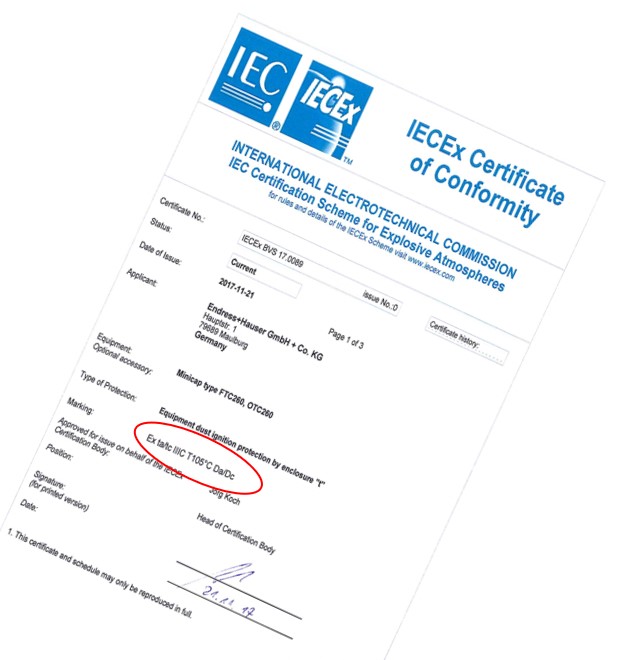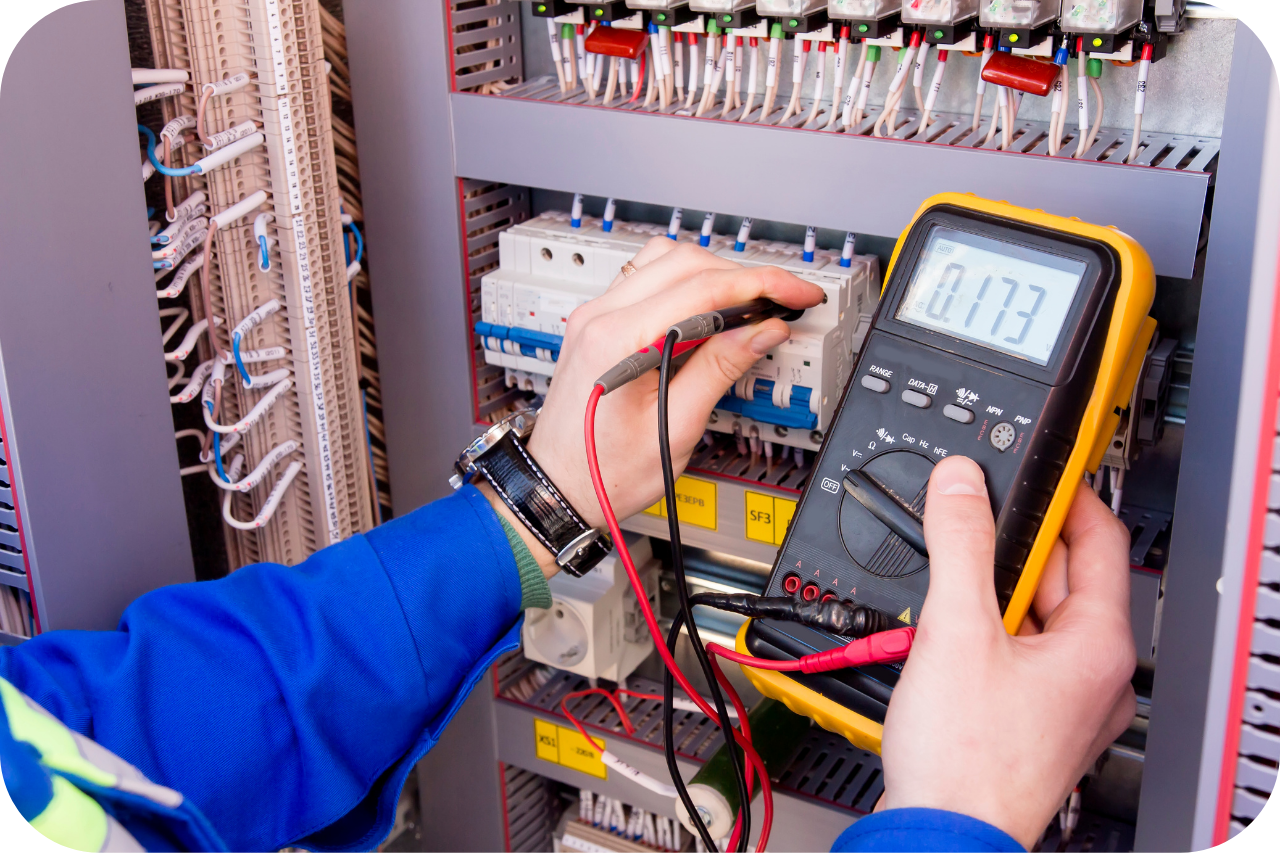The 8-Minute Rule for Roar Solutions
The 8-Minute Rule for Roar Solutions
Blog Article
The 7-Second Trick For Roar Solutions
Table of ContentsThe 7-Minute Rule for Roar SolutionsThe 3-Minute Rule for Roar SolutionsRoar Solutions Things To Know Before You Buy
In order to shield setups from a potential surge a technique of analysing and identifying a potentially unsafe location is required. The function of this is to ensure the proper choice and installation of equipment to ultimately avoid an explosion and to make sure security of life.
(https://dzone.com/users/5292804/roarsolutions.html)
No equipment ought to be set up where the surface temperature level of the devices is greater than the ignition temperature level of the given hazard. Below are some common dirt unsafe and their minimal ignition temperature. Coal Dirt 380C 225C Polythene 420C (thaws) Methyl Cellulose 420C 320C Starch 460C 435C Flour 490C 340C Sugar 490C 460C Grain Dust 510C 300C Phenolic Material 530C > 450C Aluminium 590C > 450C PVC 700C > 450C Soot 810C 570C The possibility of the threat existing in a focus high sufficient to create an ignition will certainly vary from place to place.
In order to categorize this risk an installation is separated into locations of threat depending upon the quantity of time the unsafe exists. These areas are referred to as Areas. For gases and vapours and dusts and fibres there are 3 areas. Area 0 Zone 20 A dangerous atmosphere is very most likely to be present and might exist for long durations of time (> 1000 hours annually) or perhaps continually Zone 1 Area 21 A harmful atmosphere is possible yet not likely to be present for extended periods of time (> 10 450 C [842 F] A category of T6 implies the minimum ignition temperature level is > 85 C [185 F] Unsafe area electrical equipment perhaps made for use in higher ambient temperature levels. This would showed on the score plate e.g. EExe II C T3 Ta + 60C( This means at 60C ambient T3 will certainly not be exceeded) T1 T1, T2, T3, T4, T5, T6 T2 T2, T3, T4, T5, T6 T3 T3, T4, T5, T6 T4 T4, T5, T6 T5 T5, T6 T6 T6 A T Course rating of T1 indicates the maximum surface area temperature level produced by the tool at 40 C is 450 C. Assuming the connected T Course and Temperature ranking for the equipment are proper for the area, you can always make use of an instrument with an extra stringent Department ranking than required for the location. There isn't a clear answer to this concern unfortunately. It actually does depend upon the kind of tools and what repair services require to be accomplished. Tools with particular examination treatments that can't be carried out in the area in order to achieve/maintain 3rd party rating. Need to come back to the manufacturing facility if it is before the tools's service. Field Repair Service By Authorised Personnel: Challenging screening might not be called for nevertheless particular procedures might need to be complied with in order for the devices to keep its 3rd party rating. Authorised employees have to be used to perform the work correctly Fixing must be a like for like replacement. New component must be considered as a direct replacement requiring no unique screening of the devices after the fixing is full. Each item of tools with a hazardous ranking should be evaluated separately. These are detailed at a high degree below, however for more comprehensive information, please refer directly to the standards.
The Only Guide to Roar Solutions
The devices register is an extensive data source of equipment documents that consists of a minimum set of areas to identify each product's area, technical criteria, Ex category, age, and ecological information. This info is essential for monitoring and managing the equipment properly within hazardous areas. On the other hand, for regular or RBI sampling evaluations, the quality will certainly be a mix of Comprehensive and Close examinations. The ratio of Comprehensive to Shut inspections will be figured out by the Tools Risk, which is evaluated based upon ignition threat (the probability of a source of ignition versus the possibility of a combustible ambience )and the unsafe area classification
( Zone 0, 1, or 2). This variation will likewise affect the resourcing needs for job preparation. Once Lots are defined, you can establish tasting strategies based upon the example dimension of each Great deal, which refers to the number of random devices products to be checked. To figure out the needed example size, two elements need to be assessed: the size of the Great deal and the group of assessment, which suggests the level of effort that must be used( minimized, normal, or boosted )to the examination of the Whole lot. By incorporating the classification of assessment with the Great deal size, you can then develop the ideal being rejected standards for an example, suggesting the permitted number of faulty items located within that example. For more information on this procedure, please refer to the Energy Institute Standards. The IEC 60079 typical advises that the maximum interval in between examinations must not surpass three years. EEHA evaluations will certainly also be carried out outside of RBI projects as part of set up upkeep and equipment overhauls or repairs. These inspections can be attributed toward the RBI example dimensions within the affected Great deals. EEHA assessments are conducted to identify faults in electric equipment. A weighted scoring system is important, as a single item of equipment may have multiple mistakes, each with varying degrees of ignition danger. If the combined score of both evaluations is less than twice the mistake score, the Great deal is considered acceptable. If the Whole lot is still considered unacceptable, it should undertake a complete examination or validation, which might set off more stringent evaluation protocols. Accepted Great deal: The root causes of any faults are identified. If an usual failure mode is found, added tools may need maintenance. Mistakes are classified by severity( Security, Honesty, Home cleaning ), making sure that immediate problems are assessed and resolved without delay to alleviate any influence on safety and security or procedures. The EEHA data source ought to track and record the lifecycle of mistakes in addition to the corrective activities taken. Executing a durable Risk-Based Evaluation( RBI )strategy is important for ensuring conformity and security in taking care of Electrical Devices in Hazardous Areas( EEHA) (high voltage courses). Automated Mistake Rating and Lifecycle Administration: Easily take care of mistakes and track their lifecycle to improve examination precision. The intro of this assistance for risk-based assessment additionally reinforces Inspectivity's position as a best-in-class option for governing compliance, as well as for any asset-centric evaluation use instance. If you want learning extra, we welcome you to ask for a demo and uncover just how our option can transform your EEHA management procedures.
Roar Solutions Things To Know Before You Get This

In terms of eruptive danger, a harmful area is a setting in which an explosive atmosphere is existing (or may be anticipated to be present) in amounts that require unique precautions for the building and construction, setup and use devices. hazardous area course. In this post we explore the challenges faced in the office, the risk control actions, and the needed competencies to function securely
It issues of modern-day life that we produce, save or deal with a variety of gases or fluids that are deemed flammable, and a variety of dusts that are deemed combustible. These materials can, in particular problems, develop eruptive environments and these can have major and terrible effects. The majority of us know with the fire triangle eliminate any type of one of the 3 components and the fire can not happen, however what does this mean in the context of dangerous areas? When damaging this down into its easiest terms it is essentially: a combination of a particular amount of release or leakage of a particular material or material, combining with ambient oxygen, and the presence of a source of ignition.
In most instances, we can do little concerning the degrees of oxygen in the air, yet we can have significant impact on sources of ignition, as an example electric equipment. Harmful locations are documented on the hazardous location category illustration and are recognized on-site by the triangular "EX" indication. Below, among various other key information, areas are split right into three types depending on the threat, the possibility and period that an explosive ambience will certainly exist; Zone 0 or 20 is deemed the most harmful and Zone 2 or 22 is considered the least.
Report this page